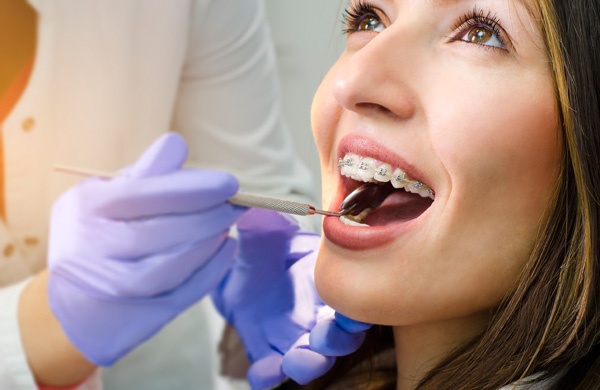Do you think that you are too old to correct your crooked teeth? Think again! Due to dramatic improvements in treatment techniques and materials, adults now account for one out of four orthodontic patients in America. Every day, more adults discover the professional, social, and emotional benefits of having a healthy, beautiful, straight smile. Although traditional braces have improved considerably, one of the greatest advances in orthodontics was the introduction of Invisalign.
Clear, comfortable aligner trays replace the familiar metal brackets and wires in this system. Invisalign has made orthodontic treatment available to patients who are concerned about the appearance or inconvenience of traditional braces. Straightening your teeth can improve your confidence, appearance, and oral health. Because crooked teeth are difficult to clean, they increase your risk of leaving harmful plaque on your teeth, leading to cavities and gum disease.
The optimal timing of orthodontic treatment in children varies, depending on the specific condition and each child’s individual growth rate. We recommend that children have an initial orthodontic evaluation before the age of seven. Many well-meaning parents postpone this step until the child has permanent teeth; however, early diagnosis allows for precision timing of treatment. Early treatment is typically more efficient, less costly, and faster than delayed treatment.
Some of the signs that indicate an adult or child may need an orthodontic evaluation include:

Schedule an appointment at one of our convenient dental centres in the Greater Toronto areas of North York, Pickering, or Scarborough, today.


